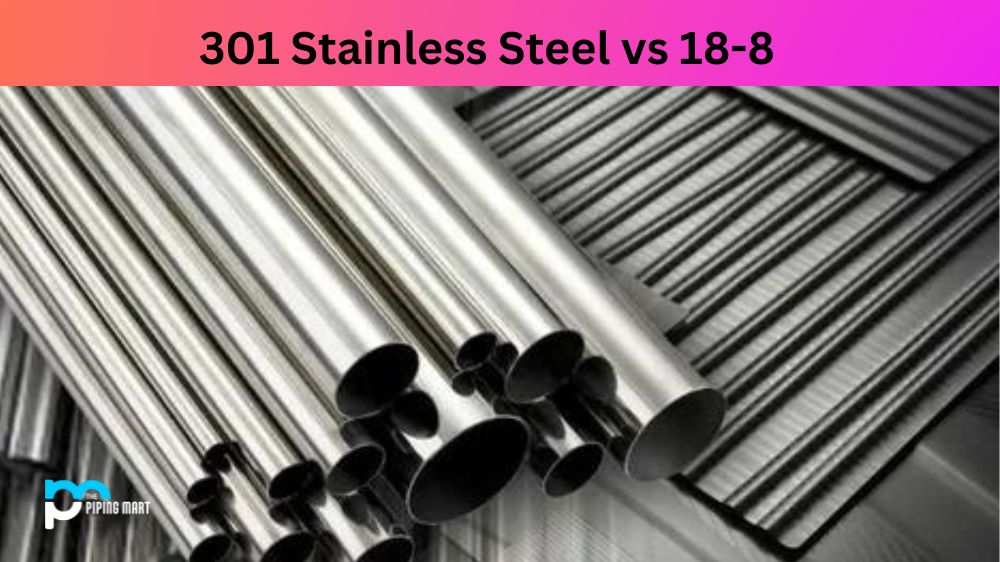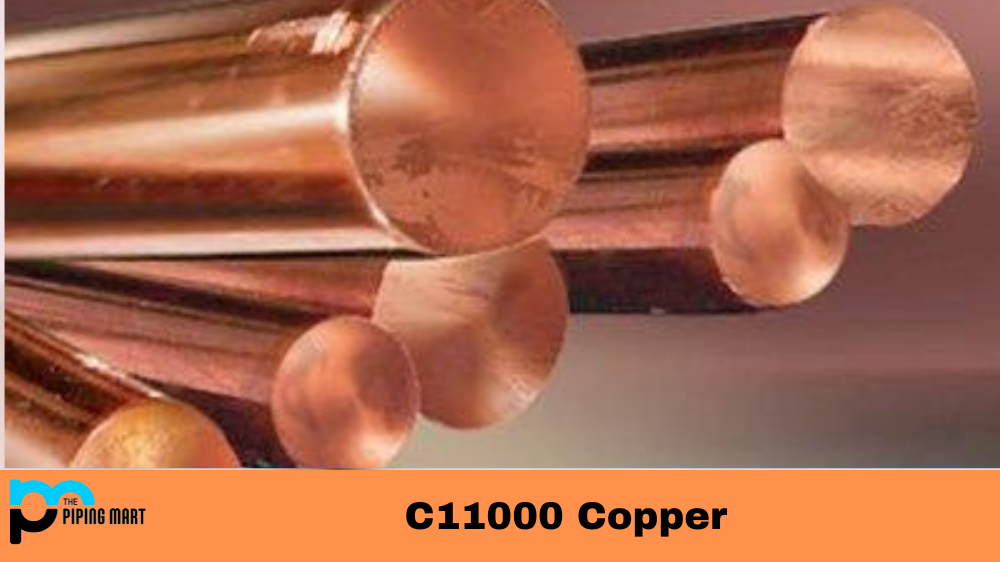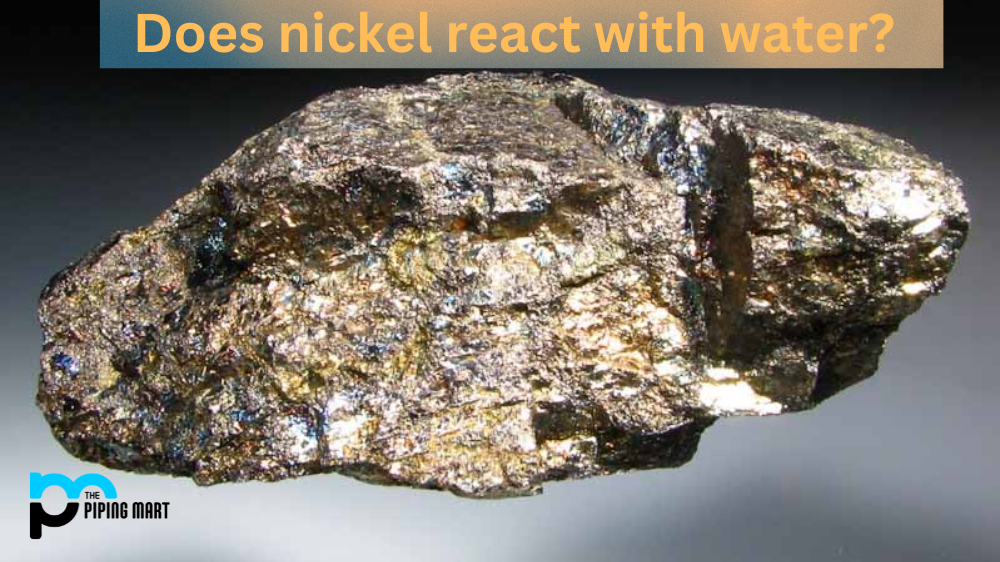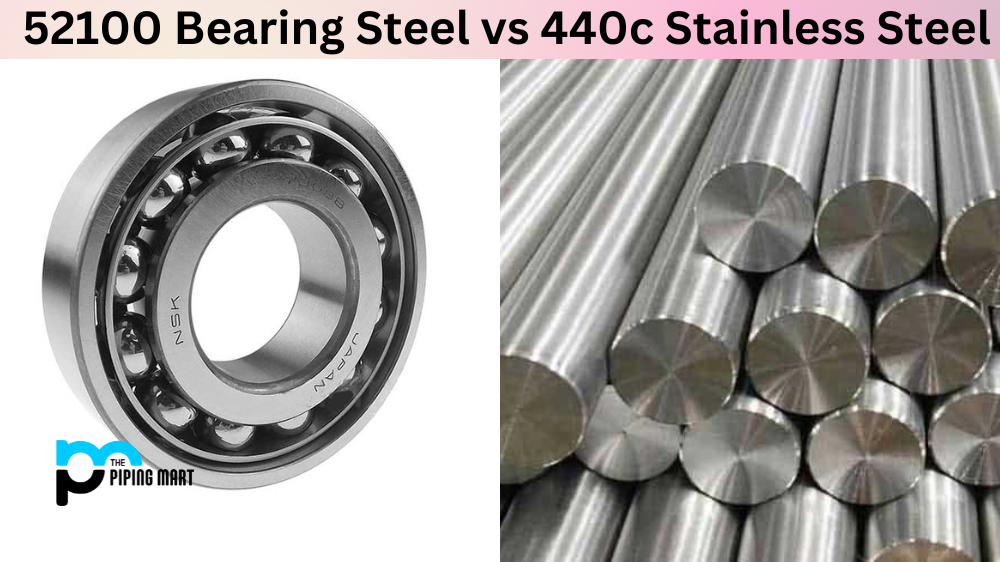Stainless steel is popular for various applications, from cookware and automotive components to medical tools and construction supplies. However, with so many different types of stainless steel available in the market, it can take time to determine which is suitable for your project. Two of the most commonly used stainless steel alloys are 301 and 18-8, which are often used interchangeably but have significant differences. This post will discuss those differences and help you determine the best option for your needs.
What is 301 Stainless Steel?
301 Stainless Steel is an austenitic chromium-nickel stainless steel that contains a minimum of 16% chromium and 6% nickel. It provides good corrosion resistance, high toughness, dimensional stability, formability, and ductility. Additionally, it has excellent strength and hardness properties over a wide range of temperatures.
What is 18-8 Stainless Steel?
18-8 Stainless Steel is a steel alloy with 18% chromium and 8% nickel. It is known for its excellent corrosion resistance and superior durability. Its great tensile strength makes it an ideal choice for many applications requiring strength, low maintenance costs, and attractive aesthetics.
Difference Between 301 Stainless Steel and 18-8 Stainless Steel
Chemical Composition
The main difference between 301 and 18-8 stainless steel is their chemical composition. 301 stainless steel contains between 16 to 18% chromium and 6 to 8% nickel, while 18-8 stainless steel contains 18% chromium and 8% nickel. The increased nickel content in 18-8 makes it more corrosion-resistant and durable in harsh environments.
Tensile Strength
Another significant difference between these two alloys is their tensile strength. Tensile strength refers to the force a material can withstand before breaking. 301 stainless steel has a higher tensile strength than 18-8, making it more suitable for applications that require strength and durability. In contrast, 18-8 is often used in applications where corrosion resistance is a top priority.
Application
Both 301 stainless steel and 18-8 stainless steel have many applications. 301 is often used in the aerospace industry, automotive components, springs, and medical tools. This alloy is known for its high strength and excellent corrosion resistance. On the other hand, 18-8 is commonly used in the food service and hospitality industries, as it’s highly resistant to corrosion, making it ideal for cooking appliances and tableware.
Machinability
Machinability refers to how easy it is to shape and form a material. While 301 and 18-8 stainless steel can be machined, 301 is easier to work with due to its higher tensile strength. 18-8 can be a bit more challenging to machine, but it’s worth the extra effort if your project requires high corrosion resistance.
Cost
Finally, let’s talk about cost. 301 stainless steel is generally more expensive than 18-8 stainless steel due to its higher nickel content. However, 301 may be the better investment in the long run despite the higher initial cost for applications requiring high strength and durability.
Conclusion:
In conclusion, 301 stainless steel and 18-8 stainless steel both have their own unique set of pros and cons. Your choice between the two should depend primarily on your project’s specific needs and requirements. If you’re looking for strength and durability, 301 stainless steel is an excellent choice, while 18-8 is more suitable for applications where corrosion resistance is a top priority. This article has helped you understand the differences between these popular stainless steel alloys.

Abhishek is a seasoned blogger and industry expert, sharing his insights and knowledge on various topics. With his research, Abhishek offers valuable insights and tips for professionals and enthusiasts. Follow him for expert advice on the latest trends and developments in the metal industry.




